While Alaska might not be San Francisco or Paris, you’ll discover that the Last Frontier offers a surprising abundance of culinary delights for food and drink enthusiasts. The pristine North Pacific Ocean provides an unmatched bounty of seafood, while the near-endless summer daylight combined with nutrient-rich glacial soils yields remarkably flavorful fruits and vegetables. Local chefs, often independent entrepreneurs or family-run businesses, serve unique meals and beverages across the state, creating a cuisine that is distinctively Alaskan. Exploring what to eat in Alaska is a journey into the heart of its unique environment and culture.
Here’s our guide to the must-try foods and drinks during your visit to Alaska.
A Bounty of Alaskan Seafood
Alaska is renowned globally as one of the premier locations to experience and savor wild-caught seafood. Thanks to stringent federal and state management practices ensuring sustainable harvests, this dining experience is not only delicious but also environmentally conscious. Alaskan salmon, in particular, is celebrated for its abundance, health benefits, and status as a true “superfood.”
Discovering Alaska’s Salmon Varieties
Alaska is home to five species of Pacific salmon, each offering a distinct flavor, texture, and seasonality. Understanding these differences enhances the experience of tasting them fresh from Alaskan waters.
Chinook Salmon (King)
The largest and arguably most prized species of Pacific salmon, Chinooks, or Kings, are Alaska’s state fish. These impressive fish can grow several feet long and weigh up to 60 pounds or more. Alaskans value their size and robust flavor, often preparing them as fillets or steaks grilled over charcoal or open flame. Their oily red flesh is known for its tender, melt-in-your-mouth quality, with Copper River kings being particularly rich, almost fudge-like in consistency.
King salmon are typically available from May through July, with peak season in June. Most upscale restaurants feature king salmon when available, and fresh fillets can be found at grocery stores and specialty seafood markets, commanding a higher price due to their quality and demand.
Sockeye Salmon (Red)
Sockeye salmon are Alaska’s most significant commercial salmon species, with millions caught annually. Known for their rich, meaty texture and deep red color, sockeyes are a staple for summer grilling in Alaskan backyards. These 4- to 10-pound fish offer a medium flavor that is both satisfying and versatile. Beyond grilling, they are excellent baked, poached, seared, or smoked. Leftovers are frequently used in dishes like chowders, soups, salmon cakes, and salmon salad. The sockeye run primarily occurs from June through August, with July being the prime time. You’ll find them on menus in many restaurants starting in July and available fresh in grocery stores and seafood retailers, often becoming quite affordable as the season progresses.
Coho Salmon (Silver)
Coho, or Silver, salmon are a favorite among sport fishermen for their energetic fight. These 8- to 12-pound fish return to rivers from July to October, peaking in August and September. While not as commercially harvested as sockeyes, their popularity is high during the latter half of the fishing season. Cohos possess a more delicate and subtle flavor compared to kings or sockeyes, with flesh that tends towards orange-red rather than bright red. Preparation methods are similar to sockeyes – grilling is common, alongside baking, searing, and poaching. Some Alaskans prefer cohos, finding their taste and texture perfectly balanced. Fresh coho is available from July to September, found in restaurants and seafood shops at prices often comparable to sockeyes.
Pink Salmon (Humpy)
The smallest Pacific salmon species, typically weighing 3 to 7 pounds, Pink salmon, or humpies, return in immense numbers, far exceeding the catch of all other salmon combined. Males develop a distinctive hump and hooked jaw during spawning. While a mainstay of the canning industry, pinks are less oily and flavorful than other species when not ocean-fresh. Their soft, pink flesh is similar to trout.
You won’t often see fresh pink fillets on restaurant menus unless they are an ingredient in salmon cakes or chowder. However, pinks caught in the ocean before spawning can be quite good grilled, especially with bold seasonings. Smoked pink salmon is also a popular Alaskan preparation. Don’t overlook canned pinks for salads and soups – they are a staple for a reason.
Chum Salmon (Dog Salmon)
Chum, or Dog salmon, are 10-to-15 pound fish with the widest distribution of Pacific salmon species in Alaska, returning from July into the fall. While often overlooked for fresh consumption by some Alaskans due to their typically non-oily, pinkish-white flesh, they have long been a vital traditional dried winter subsistence food, particularly in Interior and Western Alaska. Notably, certain populations that undertake long migrations have evolved exceptionally high fat content. These “Keta” salmon are commercially marketed and can rival sockeyes and cohos in flavor, offering a surprising culinary experience for those willing to try.
What to Eat in Fort Worth – A Culinary Deep Dive
Discover the Top Restaurants in Denver – A Culinary Journey
Discover Where to Visit in Las Vegas
White Fish and Bottom Dwellers
Beyond salmon, Alaska’s cold waters yield several delicious white fish species, sought after for their mild flavor and flaky texture.
Pacific Halibut
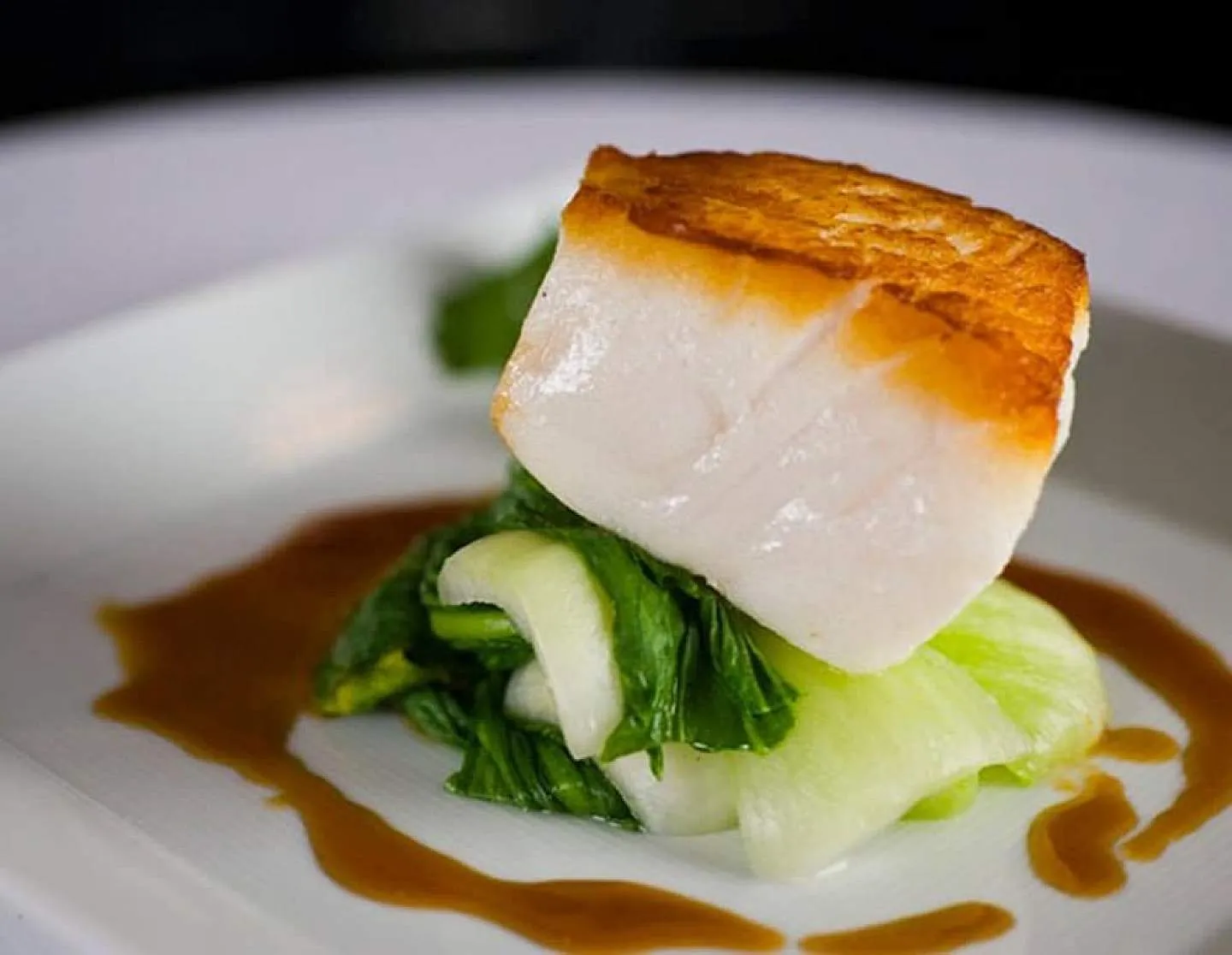
Dine on the flavors of the Alaskan seas. Dine on the flavors of the Alaskan seas – a key part of what to eat in Alaska.
A true Alaskan icon, Pacific halibut is the most popular deep-sea sport fish and a commercially important catch. These large flatfish live on the ocean floor, ranging from smaller “chickens” (around 20 pounds) to massive “barn doors” (over 100 pounds). Their white, flaky meat has a delicate, sweet flavor and is incredibly versatile. Halibut is served grilled, seared, or baked, incorporated into sauces, or added to chowders. A particularly classic Alaskan experience is beer-battered, deep-fried halibut – Alaska’s answer to fish and chips.
For purists, a perfectly grilled and lightly seasoned halibut fillet is a simple yet sublime dish. Fresh halibut is available from spring to fall, with summer being peak season. Many restaurants offer it year-round, and you can find it fresh at seafood retailers. Prices can be comparable to King salmon, but look for potential deals at grocery stores in June and July.
Rockfish Varieties
Yelloweye and black rockfish are just two of Alaska’s 37 rockfish species, dwelling near reefs and underwater structures. Often caught incidentally by halibut fishers or targeted by anglers on deep-sea trips, these fish require careful handling due to conservation concerns around certain species. Rockfish offer white, flaky meat with a mild, sweet flavor, considered a delicacy by many Alaskans. They are commonly baked, poached, or broiled. While less ubiquitous than halibut, rockfish appear on menus and in seafood shops from spring to fall, often at prices similar to sockeye or coho salmon, offering another excellent option for what to eat in Alaska.
Pacific Cod, Black Cod (Sablefish), and Lingcod
This group includes the true Pacific cod, the rich sablefish (black cod), and the predatory lingcod. Pacific cod is widely available and relatively inexpensive, often used for classic fish-and-chips due to its light, flaky texture. Sablefish, or black cod, is highly prized for its buttery, rich flavor and tender texture, considered a near-exotic delicacy with prices rivaling halibut. Lingcod, distinct from true cod, has a flavor and texture similar to halibut but can be slightly softer. While Pacific cod is common in stores, sablefish appears less regularly at a premium price, and lingcod is typically only available directly from anglers.
Shellfish Delights
Alaska’s cold waters are also home to some of the world’s most sought-after shellfish, offering unique textures and flavors.
Alaskan King Crab
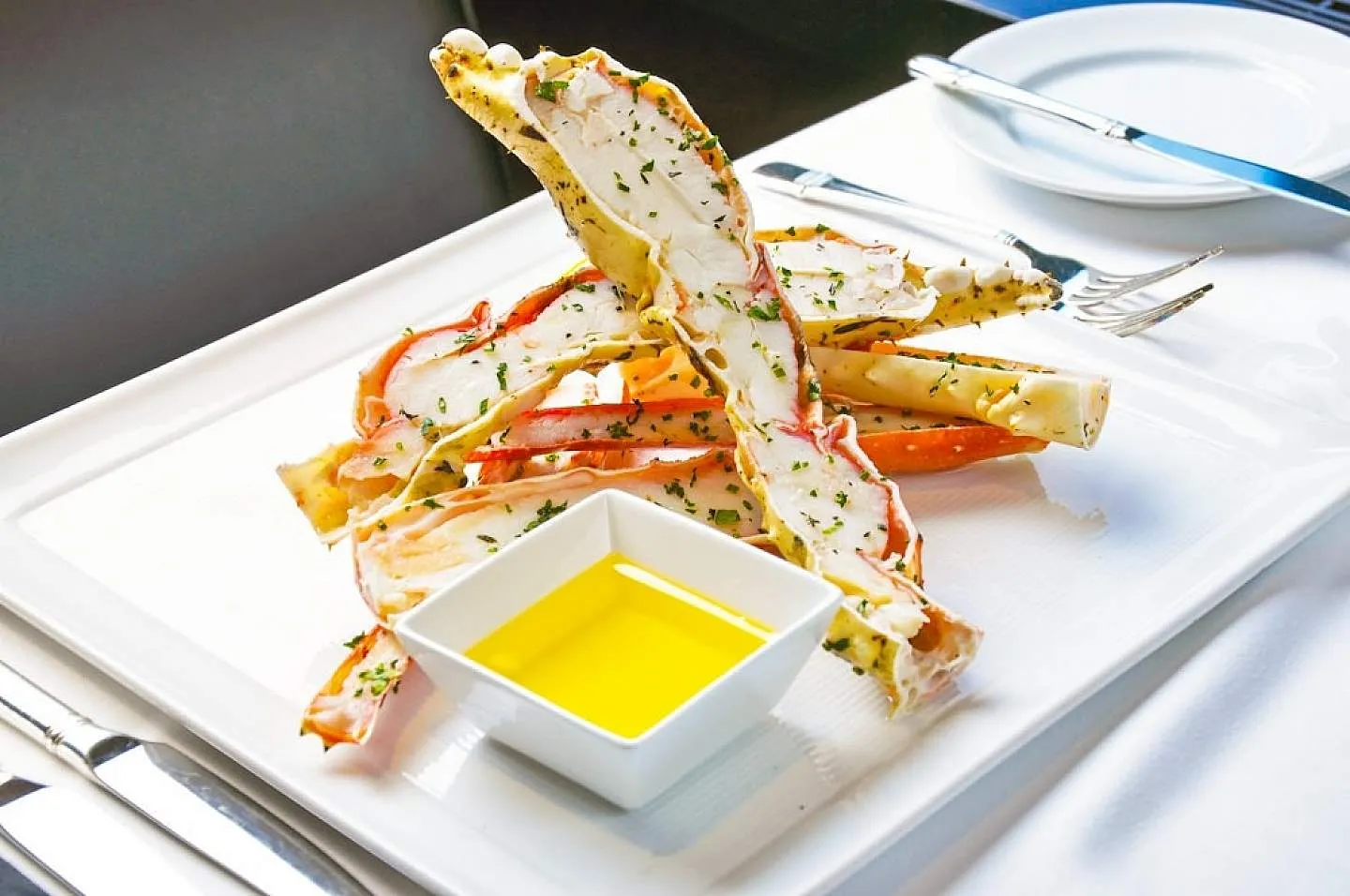 Don’t miss out on delicious Alaskan crab. Don’t miss out on delicious Alaskan king crab, a highlight of what to eat in Alaska.
Don’t miss out on delicious Alaskan crab. Don’t miss out on delicious Alaskan king crab, a highlight of what to eat in Alaska.
Alaskan King crabs are a true world-class delicacy, harvested from the deep, often challenging waters of the Bering Sea and Southeast Alaska. The meat, found primarily in their large legs and claws, is famously tender and sweet with a subtle hint of brine. Dining on king crab is an experience involving crackers and forks to extract the succulent meat, often dipped in melted butter. It’s typically one of the most expensive seafood items on a menu, sometimes served alongside other entrees. Most upscale restaurants feature king crab year-round, and specialty seafood retailers sell it by the pound, making it a top priority when considering what to eat in Alaska.
Dungeness Crab
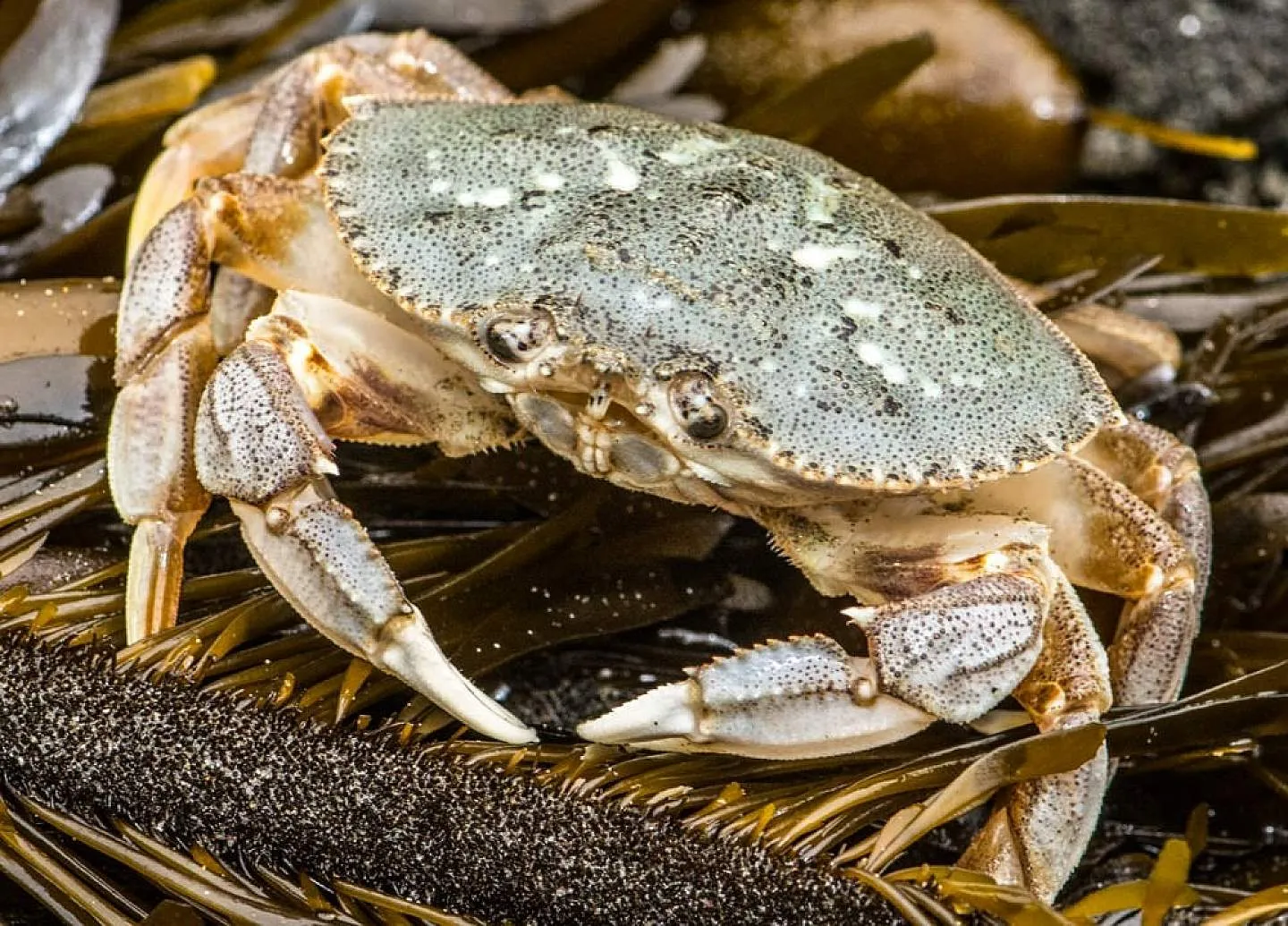 Dungeness crab in Alaska is simply delectable. Dungeness crab in Alaska is simply delectable.
Dungeness crab in Alaska is simply delectable. Dungeness crab in Alaska is simply delectable.
Widely caught in Alaska’s shallower, near-shore waters and estuaries, Dungeness crab is smaller and often less expensive than king crab. These true crabs are targeted by both subsistence fishers and commercial operators. After being butchered and boiled, their legs and claws yield tender, sweet meat with a clear taste of the ocean. Like king crab, the experience involves cracking shells to reach the meat. Dungeness crab is also an excellent ingredient for crab cakes.
Snow Crab (Tanner Crab)
An important commercial catch from the Bering Sea and Gulf of Alaska, Snow crabs offer sweet, tender, and slightly salty meat with a more delicate flavor profile than Dungeness or King crab. Their smaller legs and pinchers are often a popular addition to salad bars. Depending on the season, snow crab prices are typically comparable to Dungeness crab.
Wild-Caught Shrimp and Scallops
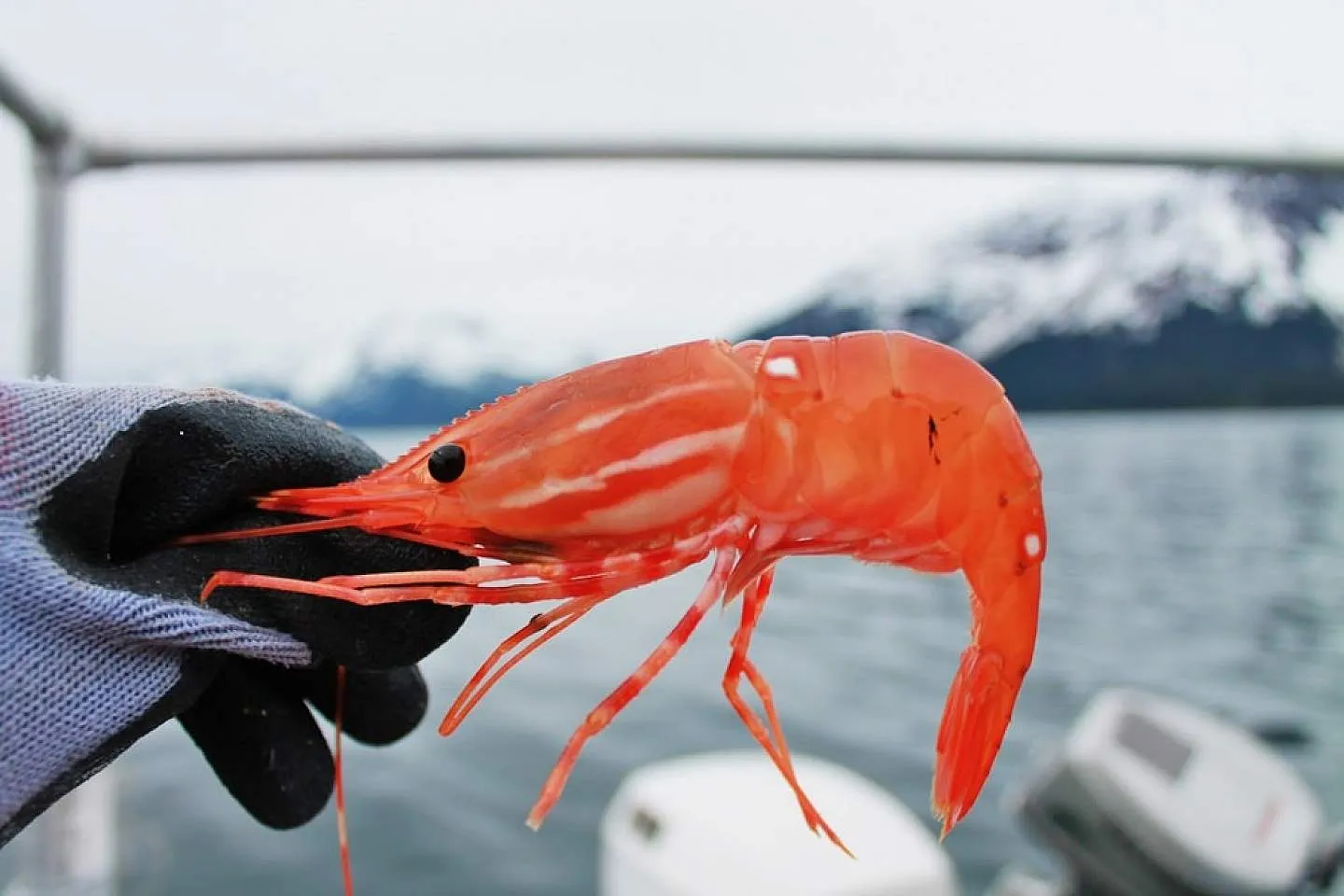 Don’t skimp on Alaska’s shrimp! Don’t skimp on Alaska’s wild-caught shrimp and scallops when deciding what to eat in Alaska.
Don’t skimp on Alaska’s shrimp! Don’t skimp on Alaska’s wild-caught shrimp and scallops when deciding what to eat in Alaska.
Alaska offers wild-caught shrimp and scallops that are known for their exceptional sweetness when eaten fresh. These provide a distinctly superior epicurean experience compared to frozen varieties found elsewhere. If you see them on menus during the spring-to-fall season or available in grocery stores and seafood specialty shops, don’t hesitate to try them.
Alaska-Grown Pacific Oysters
 Sample Alaskan oysters Sample Alaskan oysters, a must-try when considering what to eat in Alaska.
Sample Alaskan oysters Sample Alaskan oysters, a must-try when considering what to eat in Alaska.
Alaska’s pristine, cold waters are fostering a small but growing oyster farming industry. The unique conditions – cold temperatures slowing maturation while rich currents provide abundant food – result in exceptionally firm, consistently sweet half-shell oysters ready for harvest in 18 to 36 months. This provides a unique dining experience distinct from oysters grown in warmer climates. Around 60 farms across locations like Kachemak Bay, Prince William Sound, and Southeast Alaska produce these high-quality oysters. You can find them raw, baked, or in sauces at many restaurants and specialty seafood retailers, usually priced affordably per oyster. This localized product is a fantastic example of what to eat in Alaska that’s rooted in its unique environment.
Other Exotic Alaskan Seafood
Alaska also offers some less commonly found but equally intriguing seafood options. Razor clams have been harvested for over a century and are often available. Blue mussels are being cultivated on a smaller scale. Divers gather giant geoduck clams in Southeast Alaska. A few entrepreneurs are even harvesting kelp and other wild seaweed, primarily in Southeast Alaska. Keep an eye out for these more unique products appearing irregularly on menus, in seafood shops, and at farmer’s markets.
Taste of the Wild: Alaskan Meats
While traditional Alaskan wild game like moose, caribou, bear, and deer are not available commercially due to harvesting regulations, there are still ways to experience unique Alaskan meats, primarily through one notable exception and understanding local culture.
Reindeer Sausage
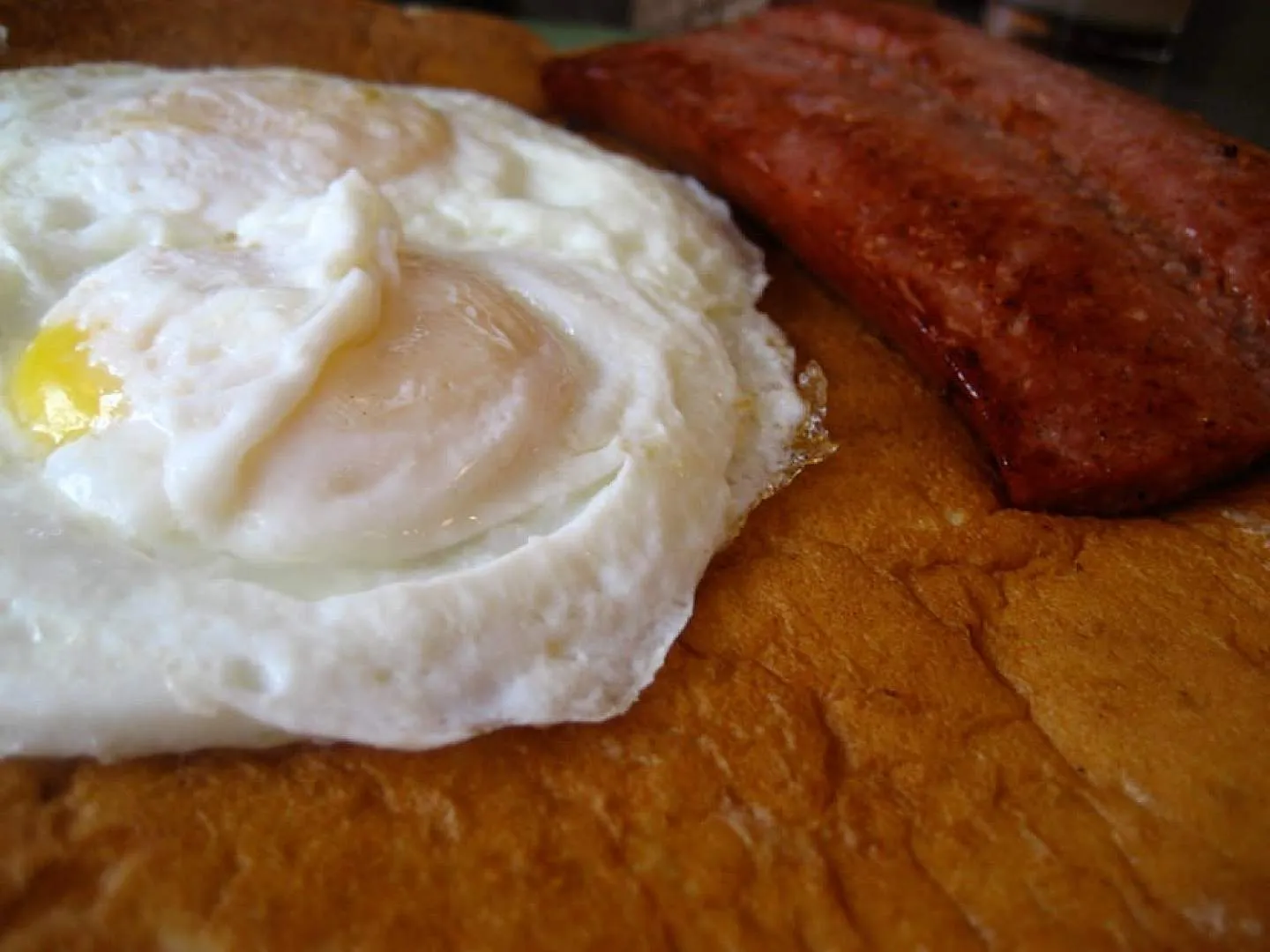 Reindeer meat is authentically Alaskan. Reindeer meat, often found in sausage form, is authentically Alaskan and a great example of what to eat in Alaska.
Reindeer meat is authentically Alaskan. Reindeer meat, often found in sausage form, is authentically Alaskan and a great example of what to eat in Alaska.
Trying reindeer sausage is a quintessential Alaskan experience. Essentially a domesticated caribou, Alaskan reindeer were originally imported from Siberia in the late 19th century and are now primarily owned and managed by Alaskan Natives on the Seward Peninsula and other Western/Northwestern areas. Sausage containing reindeer meat is a staple on breakfast menus across the state. It offers a distinctive, savory taste, often compared to a high-quality pork link sausage but with a unique wild hint.
Prepared reindeer products, mostly various types of sausage, are sold in most grocery stores. Specialty shops like Indian Valley Meats and Alaska Sausage and Seafood also offer a range. Don’t miss the chance to try a reindeer hot dog from a street vendor or restaurant – it’s a flavorful local twist on a classic.
Wild Game & Subsistence Foods
Moose, caribou, and other traditional game animals are legally restricted to subsistence or sport harvest for personal consumption by residents and permit holders, not for commercial sale. This means you won’t find them on standard restaurant menus or in grocery store meat aisles. However, if you connect with a local Alaskan who hunts and are invited for a meal, experiencing wild game like moose, deer, or caribou can be a highlight. When properly prepared as steaks or roasts, these meats can be incredibly tender and rich, similar to high-quality organic beef. They are processed into various cuts, sausages, jerky, and stew meats.
Marine mammals like whales, seals, walruses, sea lions, and sea otters are strictly protected under federal law. They can only be harvested by Alaskan Natives for subsistence purposes and are generally not available for sale to the non-Native public, though there are specific legal nuances regarding sales within Native villages. If you have a connection within a Native community, you might have the opportunity to try traditional foods like muktuk (whale skin with fat), which has an intense, rich, and chewy marine flavor. This is a profound cultural experience and a deeply traditional answer to what to eat in Alaska for indigenous peoples. Always ensure you understand and follow all regulations regarding traditional foods.
Gifts from the Land: Produce & Wild Forage
Alaska’s challenging yet unique environment yields surprisingly delicious produce and an incredible bounty of wild berries, thanks in part to the intense summer sunlight.
Alaskan Cultivated Produce
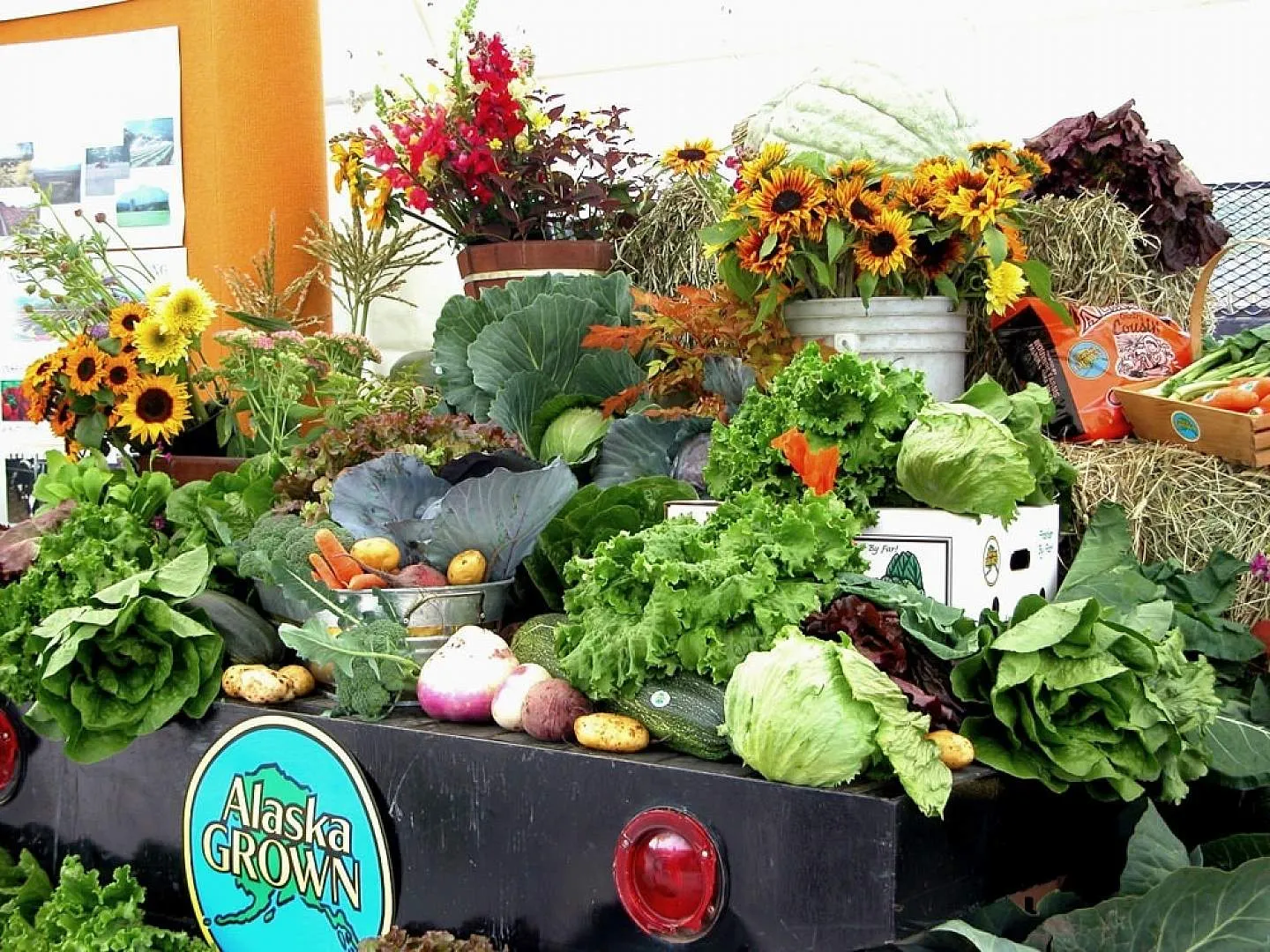 Alaskan produce is unique to the region. Alaskan produce, nurtured by the midnight sun, is unique to the region and offers a different perspective on what to eat in Alaska.
Alaskan produce is unique to the region. Alaskan produce, nurtured by the midnight sun, is unique to the region and offers a different perspective on what to eat in Alaska.
If you have the opportunity to try locally grown Alaskan produce, seize it! The long hours of summer daylight contribute to exceptionally sweet and complex flavors in crops that thrive in colder soils. Vegetables from the cruciferous family (broccoli, cauliflower, cabbage) grow particularly well, as do zucchini, summer squash, peas, and bush beans. Alaskan potatoes, especially the Yukon Gold variety, are noted for their sweetness and tenderness. The state also has thriving greenhouse operations producing tomatoes and other vegetables.
Due to the relatively small scale of Alaskan agriculture compared to other states, local produce isn’t always widely available in regular grocery stores or restaurants. The best way to sample it is often at farmer’s markets held across communities during the spring-to-fall growing season. Some farms also offer “pick-your-own” opportunities, particularly in areas like the Matanuska Valley near Palmer, the heart of Alaskan commercial farming.
Wild Berries
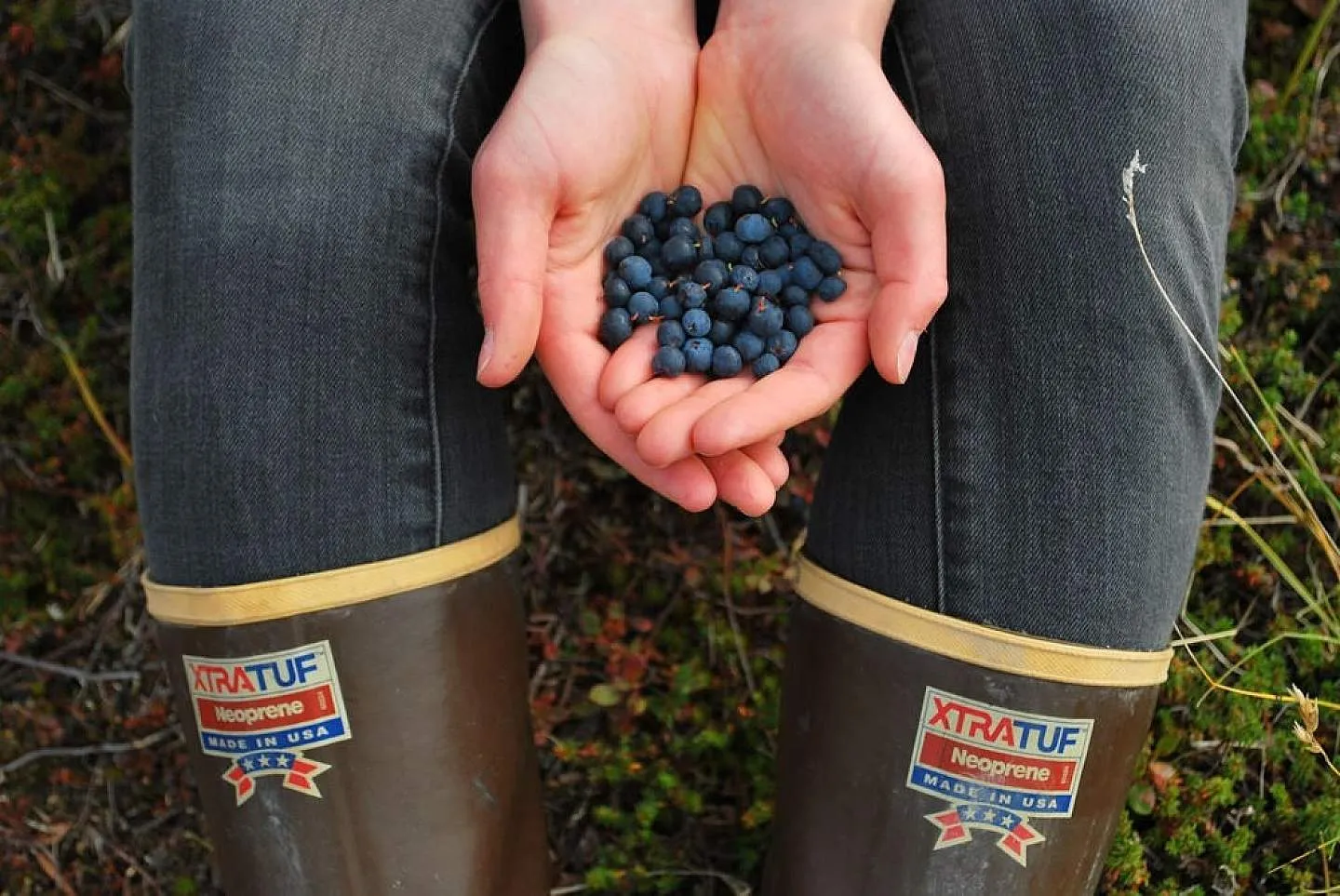 Discover delicious berries across Alaska. Discover delicious wild berries across Alaska, a truly seasonal treat when considering what to eat in Alaska.
Discover delicious berries across Alaska. Discover delicious wild berries across Alaska, a truly seasonal treat when considering what to eat in Alaska.
Alaska’s wild landscapes burst with an extraordinary annual berry crop, ripening primarily in August and September. From coastal rainforests to alpine tundra, numerous species thrive. During peak season, blueberry patches can be incredibly dense. These wild blueberries, rich in antioxidants, are considered a superfood, but Alaskans harvest them by the gallon simply because they are delicious and abundant. Beyond blueberries, look for tart salmonberries and wild raspberries, especially in wetter areas.
Experiencing berry picking is a classic Alaskan summer activity; trailheads often have cars indicating good picking spots. If you don’t want to pick yourself, look for wild-gathered products at farmer’s markets or specialty stores like Alaska Wild Berry Products and Kahiltna Birchworks. Be cautious and knowledgeable when picking wild berries; avoid all white berries and be wary of single red ones, and spit out any berry that tastes bitter or chalky.
Local Sips: Alaskan Beverages
Alaska’s unique environment and independent spirit have fostered a vibrant local beverage scene, from craft beers to spirits and even fruit/berry wines.
Alaskan Craft Beer Scene
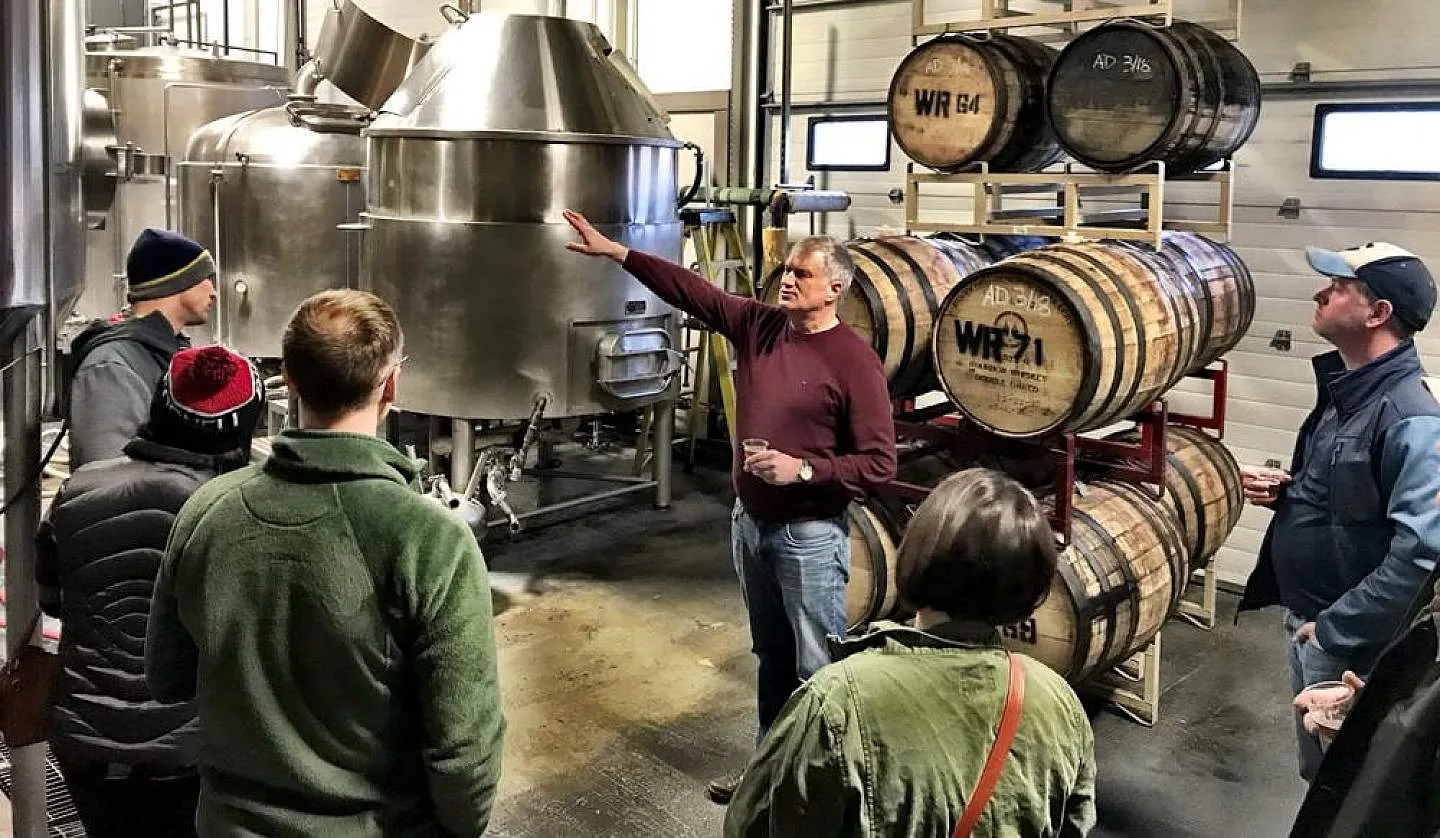 Take a brewery tour and try Alaska Take a brewery tour and try Alaska’s excellent craft beers, a refreshing part of what to eat in Alaska.
Take a brewery tour and try Alaska Take a brewery tour and try Alaska’s excellent craft beers, a refreshing part of what to eat in Alaska.
Alaska boasts a thriving craft beer scene with over 35 microbreweries in at least 20 communities. Many are associated with local restaurants or pubs, offering fresh, on-tap brews. Anchorage, in particular, has several popular venues, some with visible brewing operations. Brewery tours, like those offered by Big Swig Tours, are a great way to sample different beers and learn about the local scene. Alaska also has an award-winning regional brewery with national distribution, the Alaskan Brewing Company in Juneau, famous for its signature Amber. Trying local brews is an essential part of experiencing what to eat in Alaska from a beverage perspective.
Alaskan Wines and Spirits
While Alaska’s climate isn’t ideal for traditional vineyards, enterprising vintners have created unique wines using imported juice and local wild berries. Bear Creek Winery in Homer offers tours and berry wine tastings (blueberry, raspberry). Denali Winery in Anchorage specializes in crafting custom wines.
Alaska’s distillery scene is newer but growing, often featuring small-scale, intimate operations perfect for sampling and meeting locals. The Anchorage Distillery produces moonshine whiskey, gin, and vodkas, sometimes incorporating Alaska-grown grains and wild berries. Visiting tasting rooms or taking a tour offers insight into this burgeoning industry.
Unique Alaskan Sweeteners
Alaska offers sweeteners with flavors as distinct as the landscape itself, derived from birch trees and wildflowers.
Alaskan Birch Syrup
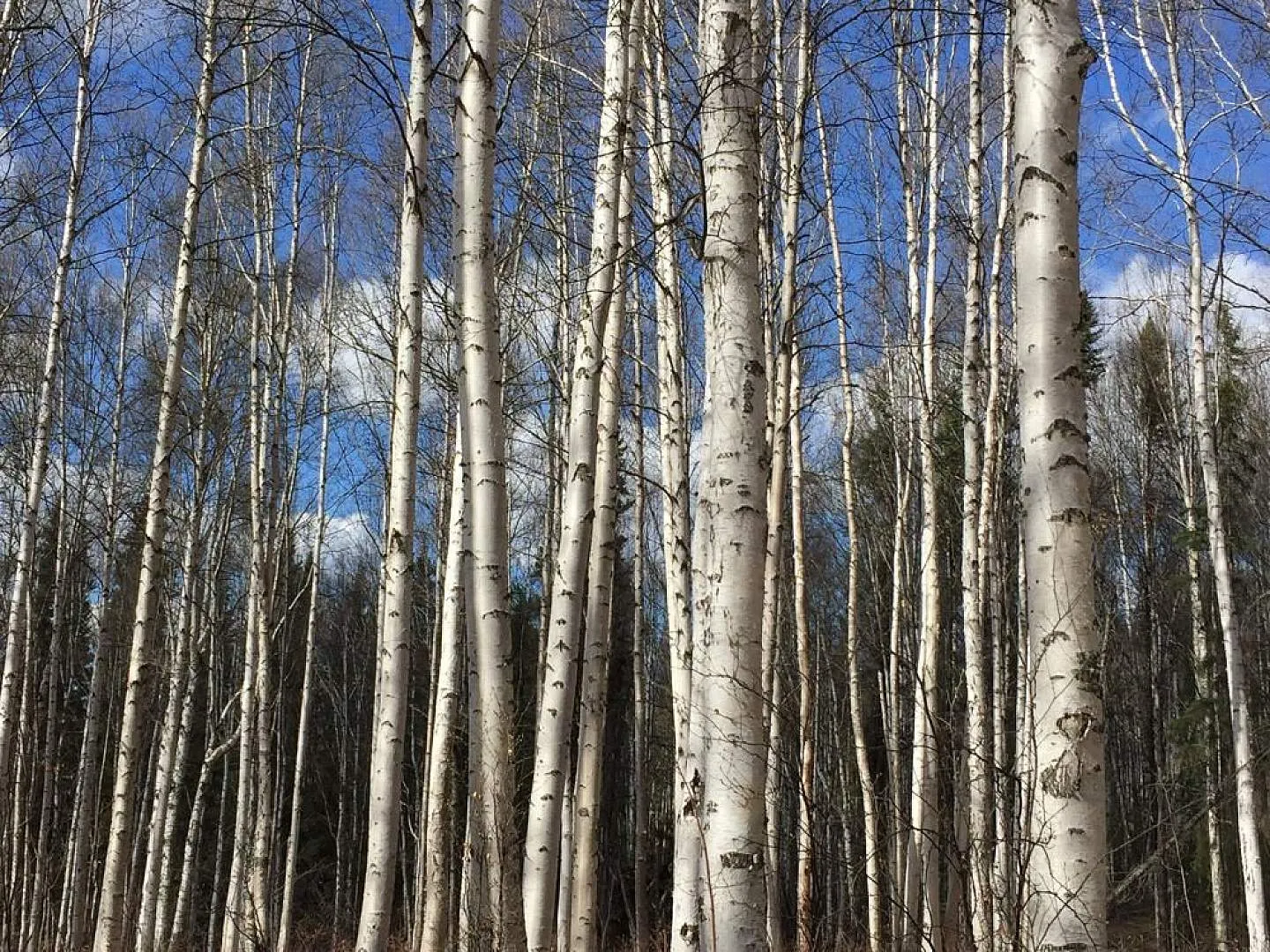 Syrup from Alaskan birches is even better than maple Syrup from Alaskan birches offers a unique, delicate sweetness when deciding what to eat in Alaska.
Syrup from Alaskan birches is even better than maple Syrup from Alaskan birches offers a unique, delicate sweetness when deciding what to eat in Alaska.
Every April, during a short three-week season, a small number of dedicated entrepreneurs tap wild birch trees across Alaska. This labor-intensive process requires collecting a vast amount of sap – about 100 gallons to produce just one gallon of concentrated syrup. The result is a delectable product: thinner than maple syrup with a more delicate, less overwhelmingly sweet taste. Some describe it as having nutty notes or hints of wild raspberry.
Birch syrup is sometimes found in grocery stores but is more common in specialty shops like Alaska Wild Berry Products, Kahiltna Birchworks, and Natural Pantry, or directly from producers at farmer’s markets. It’s priced similarly to fine maple syrup and can be used to sweeten desserts, pour over pancakes or ice cream (Wild Scoops in Anchorage even makes a birch-flavored ice cream), or wherever a unique boreal sweetness is desired, making it a truly unique answer to what to eat in Alaska.
Fireweed Honey
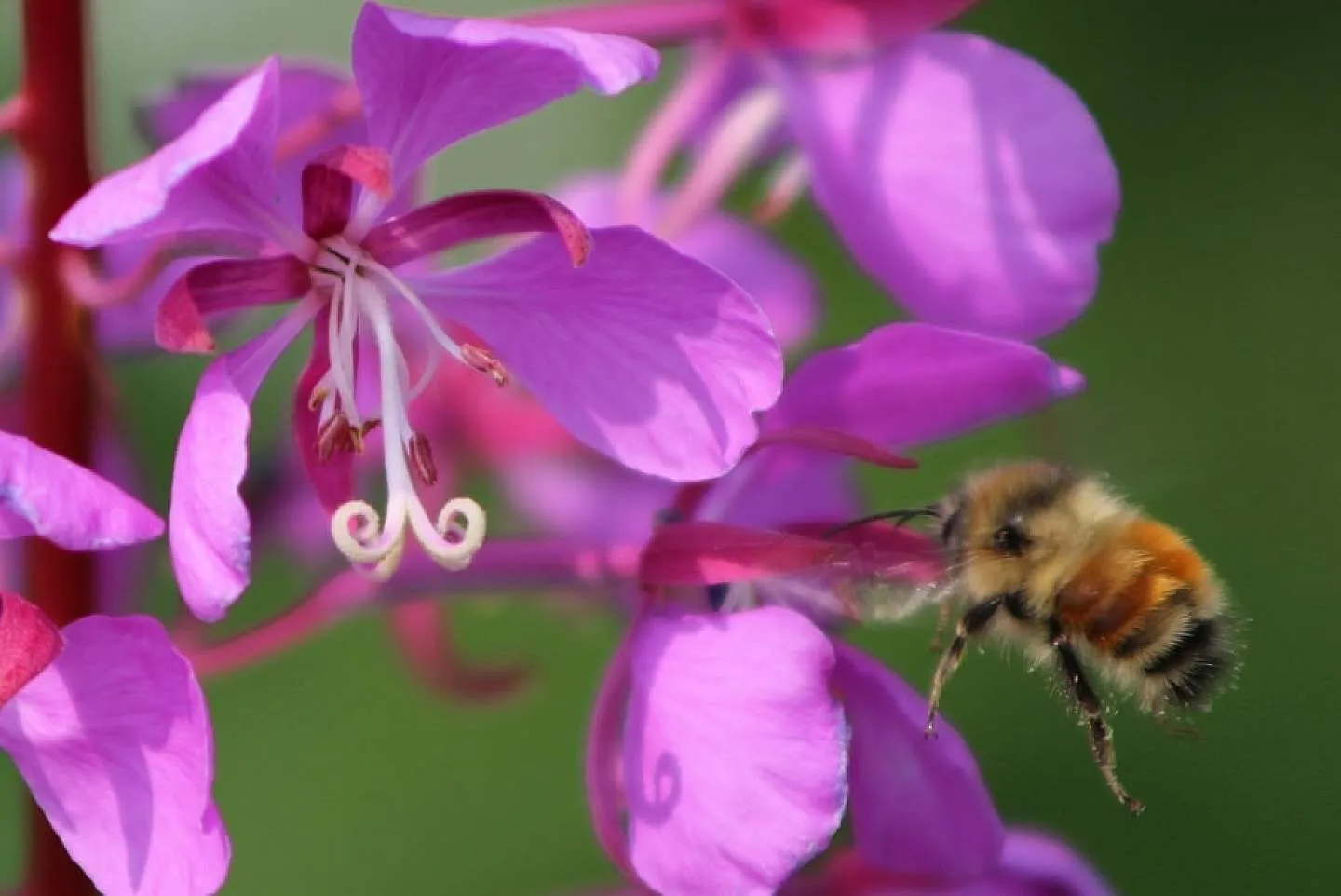 You’ll want to bring some of Alaska’s fireweed honey home with you. You’ll want to bring some of Alaska’s fireweed honey home with you after sampling what to eat in Alaska.
You’ll want to bring some of Alaska’s fireweed honey home with you. You’ll want to bring some of Alaska’s fireweed honey home with you after sampling what to eat in Alaska.
Bee-keeping is a popular pursuit in Alaska, with apiaries located throughout the state, including urban areas like Anchorage. While most bees must be imported each spring, they thrive on the state’s prolific wildflowers during the summer. This results in remarkable local honey – often lighter and more liquid than commercial varieties, with complex flavors reflecting the boreal summer. Where bees forage predominantly on fireweed, the tall violet-red wildflower that grows in disturbed areas, they produce particularly subtle and flavorful honey. Look for local honey in some grocery stores, specialty shops like Alaska Wild Berry Products and Natural Pantry, or buy directly from beekeepers at farmer’s markets and fairs.
Alaskan Coffee Culture
Alaskans have a strong affinity for fresh coffee, and many businesses roast beans in-state, fueling a vibrant local coffee culture. Roasters often have their own shops and supply coffee to other venues. Kaladi Brothers Coffee, a pioneer in the Anchorage coffee scene since the 1990s, is widely available throughout the state. Visiting a cozy local coffee shop like Kaladi’s original cafe on Brayton Drive offers a classic Alaskan experience – perfect for relaxing with a book and a freshly brewed cup. Seeking out these local roasters is another way to experience the unique flavors of Alaska.
Frequently Asked Questions About What To Eat In Alaska
What is the most famous food in Alaska?
While there are many famous foods, wild-caught Alaskan Salmon (particularly King or Sockeye) and Alaskan King Crab are arguably the most iconic and sought-after culinary experiences.
Is Alaskan seafood expensive?
Yes, premium wild-caught Alaskan seafood, especially King Salmon and King Crab, can be quite expensive due to harvesting costs, demand, and quality. However, other types of salmon (Sockeye, Coho) and white fish like Pacific Cod or Dungeness Crab can be more moderately priced, especially during peak season or from local markets.
Can I try whale meat or other marine mammals in Alaska?
No, generally not unless you are an Alaskan Native involved in subsistence harvesting or are invited to share traditional foods within a Native community under specific legal provisions. Marine mammals are protected by federal law and are not available for commercial sale to the general public.
What local drinks are available in Alaska besides coffee?
Alaska has a thriving craft beer scene with numerous microbreweries. You can also find unique wines made with local berries and a growing number of distilleries producing spirits, sometimes flavored with Alaskan ingredients like berries or birch.
Where can I find local Alaskan produce and unique items like birch syrup or fireweed honey?
Farmer’s markets are the best place to find fresh local produce and goods like birch syrup and fireweed honey directly from producers during the summer and early fall. Specialty food stores and some larger grocery stores may also carry these unique items.
Exploring what to eat in Alaska offers a delicious window into its rich natural environment, unique seasons, and the resilient culture of its people. From the ocean depths to the sun-drenched interior, the flavors of the Last Frontier await.
